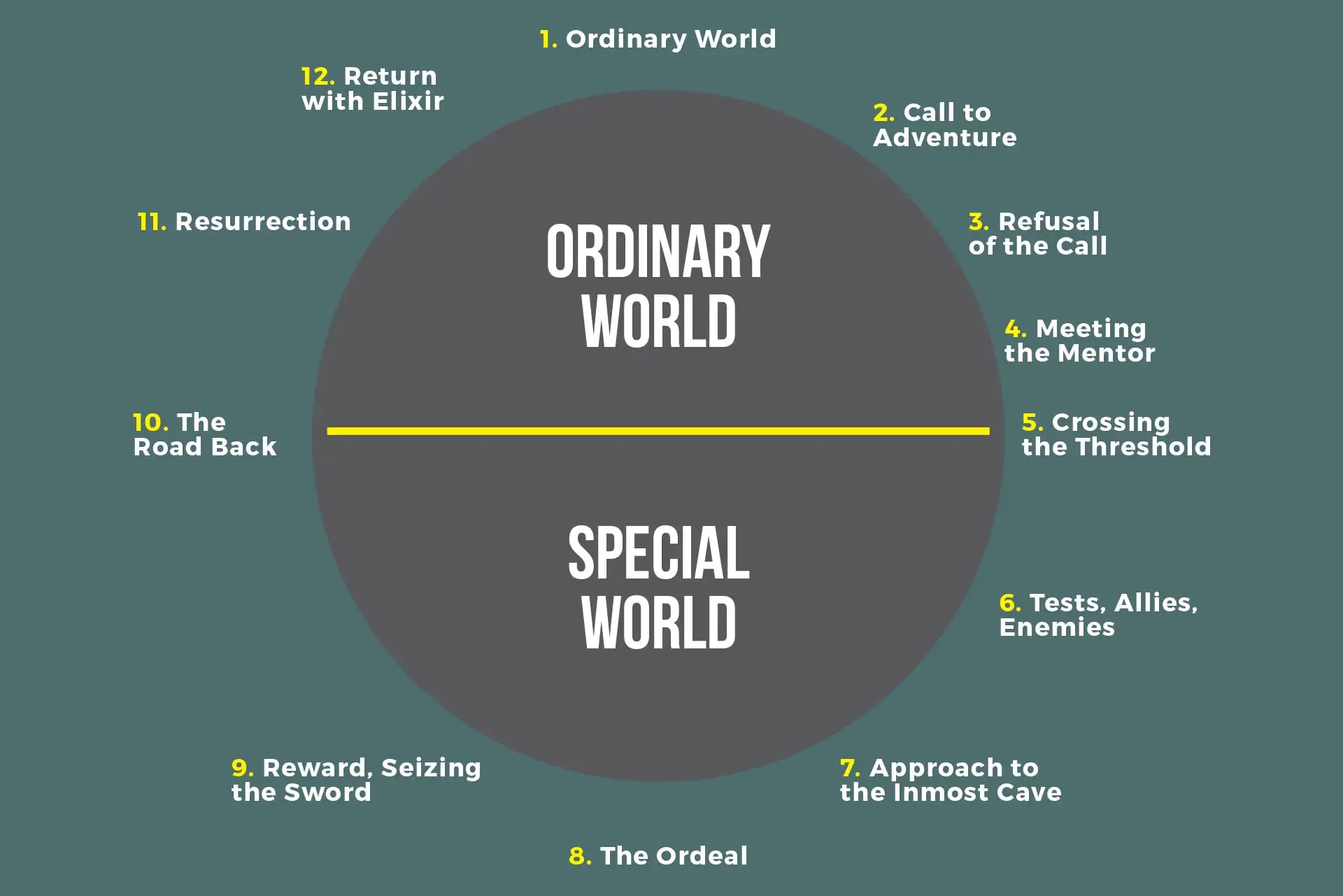Students have always given presentations in class. What started one time as book reports in elementary school have grown to full blown defenses of learning, portfolio presentations and other types of academic presentations. And with the advent of more deeper learning and project-based environments, the importance of the student presentation has never been more apparent. And while students are giving and teachers are facilitating more presentations than ever, we often do not teach learners how to improve their presentation skills. We may assess basics like eye contact and audience interaction, but do not necessarily teach how to design and deliver a professional presentation. So, how can we not only continue to increase the implementation of student presentations, but also help them master this as a core 21st century professional skill? Here are four ways that could make an impact:
Understand the WHY of Presentations
Sharing information with an audience via oral communication and visual aides is still the foundation of business and professional and cultural endeavors across the globe. Whether it be business, government, entertainment, activism or other, the presentation is the foundation of how we communicate ideas and often try to get others to either learn from us, accept our way of thinking or even join us in a particular pursuit, cause or agenda. We don’t need to look further than the cultural popularity and phenomenon of things like TED Talks to understand the power of the presentation.
Educationally, we recognize that a high quality, professional presentation is not only an ideal way to demonstrate learning, but also to increase important skills mastery in the Four C’s (Creativity, Critical Thinking, Collaboration and Communication) and other essential competencies. There are several standards in English Language Arts at all grade levels that address delivering presentations effectively through communication, use of media and more.
Think about a job interview. Many of these now expect the candidate to deliver some type of presentation. With the Gig Economy being more of a reality more than, think about the skills so many will need to continually go out and chase work, new clients or projects (gigs). This will require more and more people to continually deliver presentations.
Explicitly Teach Presentations
This might seem obvious. However, many classrooms are requiring and assigning presentations as part of lessons, units and projects. But we cannot simply assign presentations and communicate the content expectations while hoping for the best. Yes, the content matters. But we also need to teach our learners how to deliver these presentations. This includes how to create the story, how to design the visual aspects and how to maximize available technology and media. There are resources galore that can help us. The professionals learn from people like Nancy Duarte who publishes books, blogs and more to help corporate America deliver better presentations. But we can learn from her as well. If presentations represent skills, then we need to explicitly teach them and assess students using rubrics such as this Example from PBLWorks. This also includes opportunities for students to practice presentations, receive feedback and have multiple opportunities to improve - especially before the final public presentation.
Storytelling

Ultimately, presentations are stories. And like all stories, there are ways to tell a story that include story methodology and writing techniques. Students do not naturally make this connection, but can once we support them in doing so. This is something that most of us educators can benefit from as well. For example, looking at story design through examples such as Joseph Campbell's Hero's Journey is a great way to demonstrate that presentations, like stories, have a very intentionally designed exposition, rising action, climax, falling action and resolution. Presentations are not haphazardly designed, but rather meticulously created. There are great resources out there - such as elevatorspeech.com - that include templates, checklists and worksheets that can be downloaded.
Design

Without explicitly teaching visual design, at least to some foundational degree, many students will produce slides that are not visually appealing or graphically sound. Many of us have seen things like The Bad Powerpoint Examples online. These are perfectly acceptable to show students as what not to do. The basic elements or high quality design are not that complicated. Essentially, we’re talking about one point per slide, limited text, limited but powerful images (one great one vs. four mediocre ones), effective use of white space, authentic graphics, large vs. smaller text and avoiding bullet points. One of the best themes we can have our students adhere to is ‘less is more.’ Again, experts like Nancy Duarte and others can expand on how to deploy effective design elements.
Following Up
Some of the best and most useful professional learning I attended was about how to deliver better presentations. I’m not a master. Nor are my students. However, we both have benefited from focused learning on presentation pedagogy. This should be part of every educator’s professional learning, as well as every student’s curriculum. Our classrooms now have tremendous access to thousands of professional presentations on TED Talks, YouTube and others. Our students need to see how the pros do it and work to learn the techniques outlined above. Presentation Skills are invaluable and more important than ever in the global economy.

Comments
Post a Comment